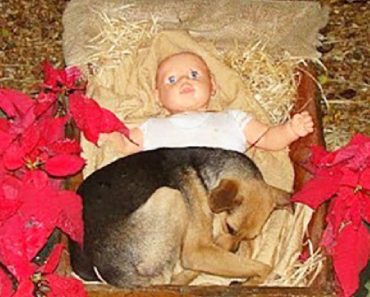More and more species every year, teeter on the edge of extinction. The year 2016 was no exception. Here are a few of the species that disappeared forever at the end of the year.
BRAMBLE CAY MELOMYS
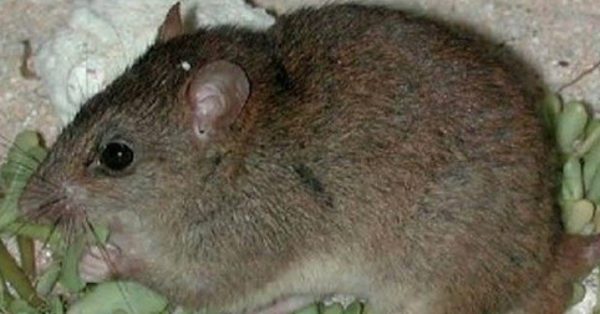
The Bramble Cay melomys is a small mouse-like mammal that lives exclusively on Bramble Cay, a small island in the Great Barrier Reef. It’s characterized by a long tail featuring bulbous protrusions. Climate change and rising sea levels caused habitat loss and the eventual extinction of this animal.
NULLARBOR DWARF BETTONG
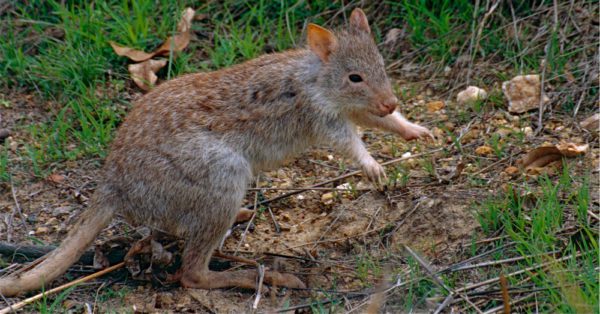
Native to Australia, the Nullarbor dwarf bettong boasts powerful hindquarters that allow it to leap. Although it has only recently gone extinct, scientists have only ever seen subfossils of this animal. Its cousin, the desert betting, has only been glimpsed once in the wild back in 1933.
CAPRICORN RABBIT-RAT
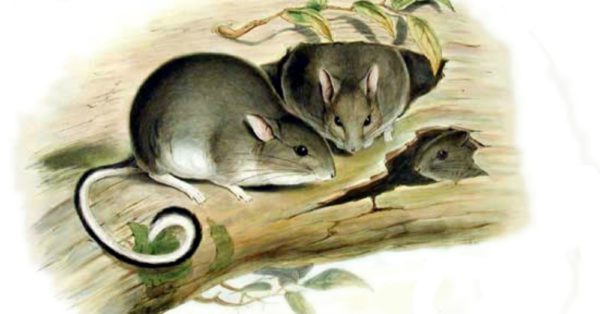
Just like the Nullarbor dwarf betting, the Capricorn rabbit-rat is also only known from subfossil material and is native to Australia. Its unique teeth set it apart from other rabbit-rats. The species was only discovered in 2010 and assumed to be extinct around 2016.
PINTA ISLAND TORTOISE
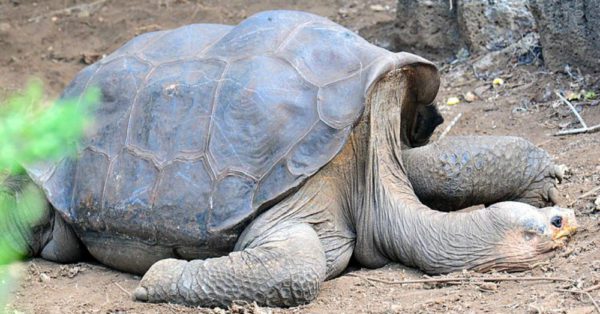
The Pinta Island tortoise is native to the Galapagos Islands. It is also known as the Pinta giant tortoise, it can get up to 6 feet long, 5 feet high and 400 pounds as well as live as long as 150 years. Lonesome George, the last of his kind, was about 100 when he died in 2012. The over-exploitation of the species in the 1800s led to its extinction. Researchers found young tortoises that are part Pinta Island, which means that there might be more in the wild.
WESTERN BLACK RHINOCEROS
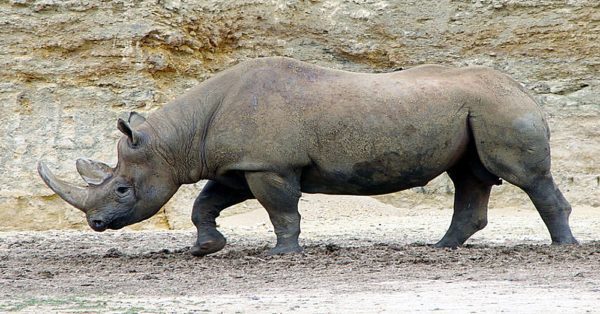
The western black rhinoceros went extinct due to poaching. Its distinctive horn is considered a cure-all in Eastern medicine and was hunted for it. With no sightings of this animal for at least 10 years, it followed its cousin, the Javan rhino, into extinction.
RABB’S FRINGE-LIMBED TREEFROG
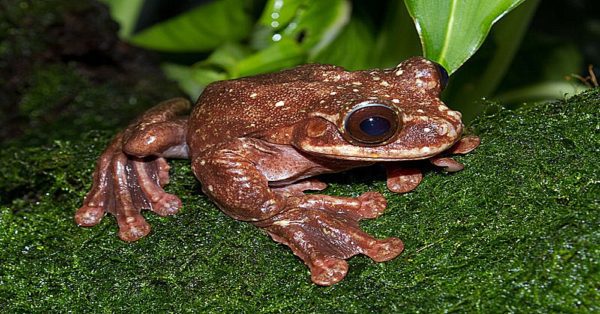
Rabb’s treefrog features fringed, scalloped skin on the arms and legs that give it its distinctive appearance. Despite being native to Panama, the last of its kind, Toughie, died in the Atlanta Botanical Garden a few years ago. Neither climate change nor habitat loss contributed to its extinction. Rather, it and other amphibians were killed off by a deadly fungus ravaging Central America.
SAN CRISTÓBAL VERMILION FLYCATCHER
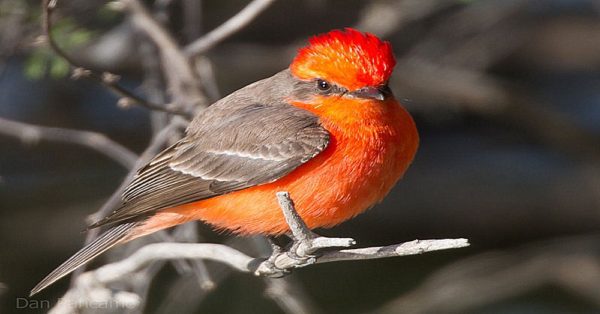
The San Cristóbal Vermilion Flycatcher, boasting brilliant scarlet plumage, was another Galapagos Islands native. Unfortunately, when rats were introduced to the islands, they became an invasive species that competed for the same food. It hasn’t been seen in the wild for decades and presumed extinct.
FORMOSAN CLOUDED LEOPARD
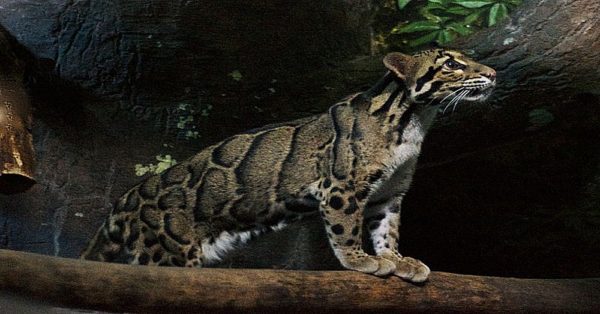
Formosan clouded leopard boasts a rare ankle joint that allows it to climb downward from a tree, making it as comfortable in the trees as on the ground. However, extensive logging in its home country of Taiwan caused habitat loss and the eventual extinction of this animal. It hasn’t been sighted since 2000.
These are only a few of these animals that are threatened and even wiped out. Thirteen bird species alone went extinct, and it was due to invasive predators, making it a preventable tragedy. More of these animals are bound to go extinct unless humans make an effort to preserve them.
If you know someone who might like this please click “Share” below!




